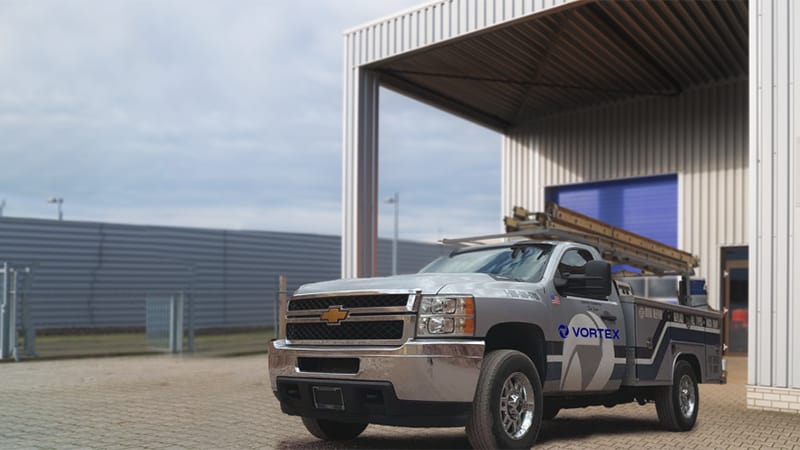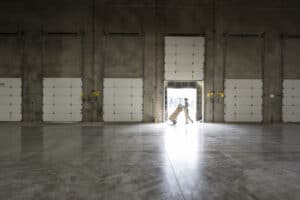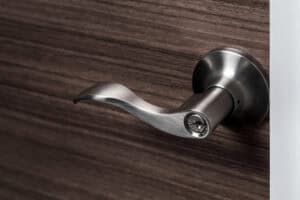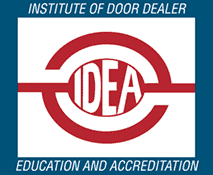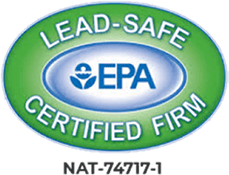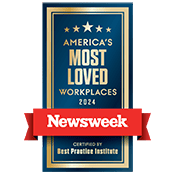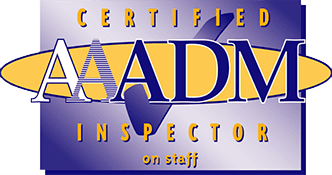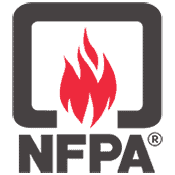What You Need to Know About Box Truck Roll Up Doors
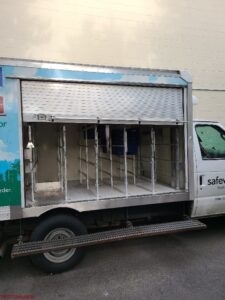 Box truck roll up doors provide safe, secure, and easy access to your cargo. They’re not only convenient, they’re self-contained. Their doors fold up into the ceiling, saving space compared to trailer-height doors, which swing out, which restricts the spaces where they can operate.
Box truck roll up doors provide safe, secure, and easy access to your cargo. They’re not only convenient, they’re self-contained. Their doors fold up into the ceiling, saving space compared to trailer-height doors, which swing out, which restricts the spaces where they can operate.
By contract, box truck roll up doors allow you to load and unload cargo almost anywhere: garages, stores, stadiums, industrial sites, etc. Besides commercial vehicles and delivery vans, fire trucks and other emergency services also rely on roll up doors to unload supplies and protect our communities.
There are two types of roll up doors.
- Sectional Doors. Made of horizontal panels attached to flexible joints. When opened, the panels slide up parallel to the truck ceiling.
- Shutter Doors. Made of narrow slats that wrap around a spindle at the top of the doorframe.
Construction material differs, depending on the type of products you’re carrying. Wooden panels are cost-effective, but more vulnerable to cracks and chips. Choose aluminum, polyethylene composite, or high-tensile steel if you’re looking for greater durability. Insulated doors are your best choice if you’re transporting food and beverages.
Installation & Maintenance
Installing roll up doors in your truck is similar to installing them in your garage, as many of the parts are the same. However, this doesn’t mean they’re one-to-one. Roll up doors and garage doors both use drums and torsion springs, for example, but in trucks they’re wound up rather than down. Consult a professional to learn the details for whatever door you choose.
It’s important you understand how roll up doors operate because they experience a lot of wear and tear. They’re opened and closed constantly, and have to withstand considerable force upon impact.
Without regular maintenance checks, safety and security problems can arise. Broken springs can injure staff, while damaged locks leave you vulnerable to theft. In order to ensure your doors remain in good working order, be sure to inspect:
- Cables & Springs. Check and adjust the tension as needed. Visibly damaged cables and springs should be replaced.
- Panels. Look for chips, cracks, and dents. They’ll grow worse if not replaced as soon as possible.
- Hinges & Rollers. Make sure they’re greased and operate smoothly.
- Guides & Tracks. Be sure they’re properly aligned and lubricated.
- Slam Latches & Locking Mechanisms. Make sure they close and lock securely.
Maintenance ensures your doors continue to function well and helps keep costs down over time.

